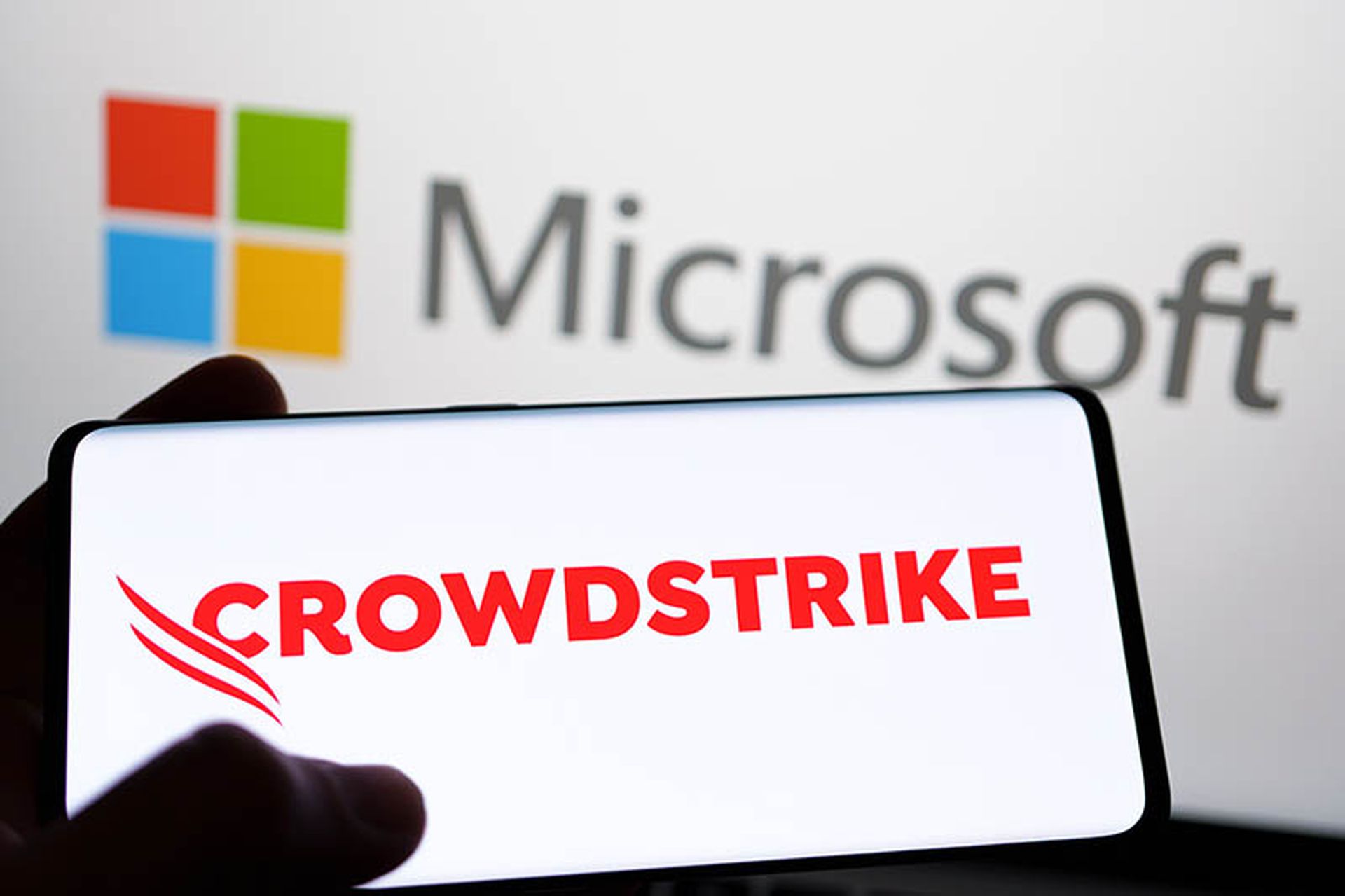
The job of an IT project manager is to steer highly complex and expensive IT projects to completion on time and – if possible – under budget, so a big part of their role is letting everyone know how projects are progressing.
However, like many other parts of a big business, the availability of a lot more data on the topic has made reporting much more difficult. Dashboards are now frequently stuffed with so much data that stakeholders struggle to process the information.
Which is not good when the fundamental point of a dashboard is to encourage meaningful discussion and to provide decision makers with a clear view into the performance of a project or a program.
Cutting Through KPI Dashboard Clutter
Progressive project management offices (PMOs) have cut through the clutter by insisting that the dashboard fits on one page. Although it may sound a far cry from where some PMOs are now, it can be achieved by following four principles. This downloadable poster has more information too.
1. Keep it relevant: Make sure that the metrics you choose for the dashboards align to the needs of the stakeholders and aid their understanding of the decisions they need to make.
For example, some PMOs group their metrics into categories to provide insight into portfolio health and enable critical portfolio decisions.
2. Keep it simple: It’s important to pay attention to the formatting when designing a dashboard as it can aid (or hinder) the consumability of information.
The appeal of a well-drawn dashboard-on-a-page is that it is easy to read and understand, with a clear color scheme that logically draws the eye across the page.
3. Keep it clear: Don’t create overly complex graphs and charts on the dashboard purely for visual appeal. Review if your current visuals don’t help you clearly communicate the story you want to tell.
4. Keep drill-down capabilities: While dashboards should have only the essential, high-level metrics, consider including supporting documents that contain details to help stakeholders drill-down data and learn more if required.
Mathew McWha is practice manager at CEB, a best practice insight and technology company. Read more CEB blogs here.





